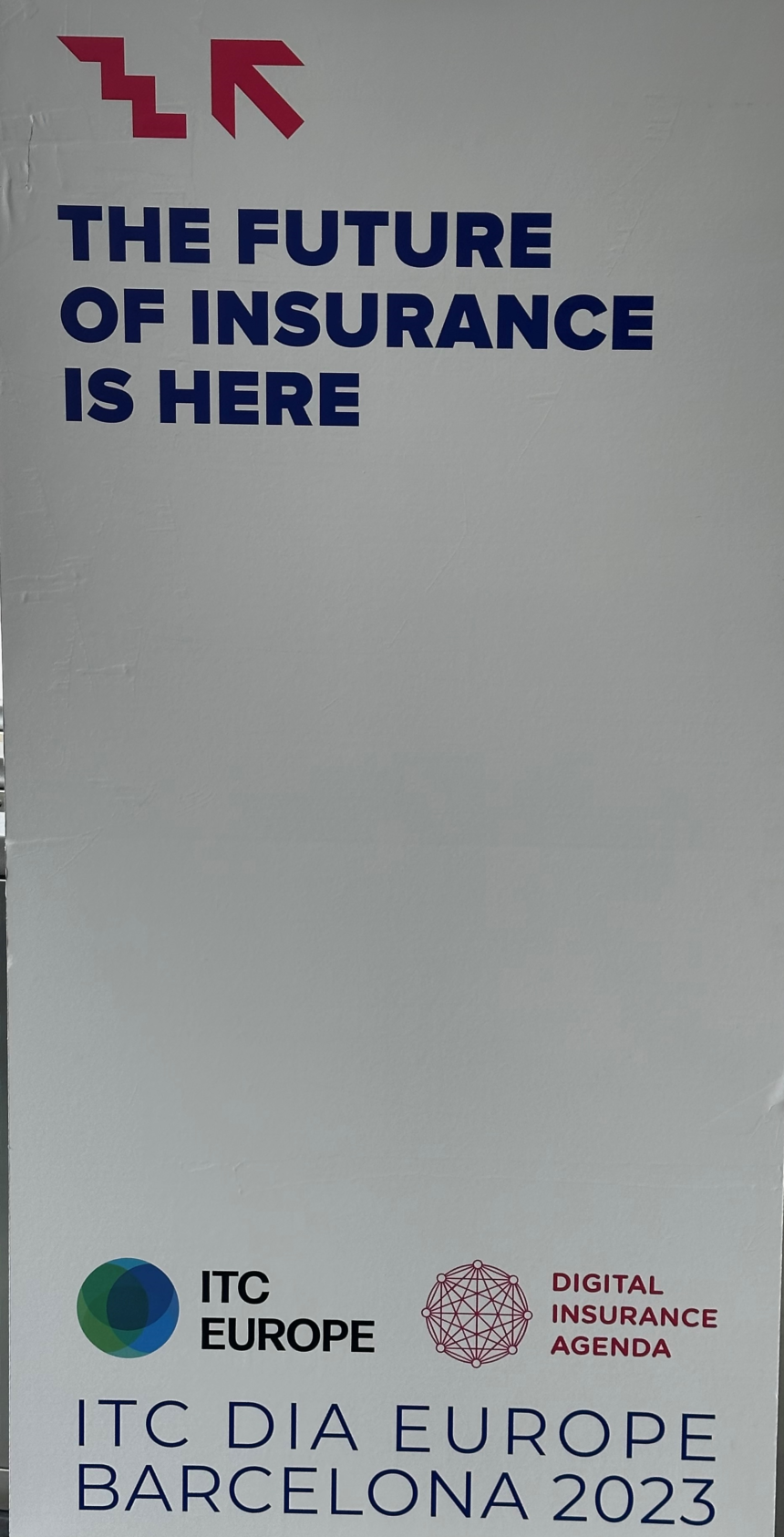The ITC DIA Europe conference, one of the most prestigious gatherings in insurance technology, was held in Barcelona from June 27–29, 2023. This conference brought together thought leaders, innovators, and industry experts to discuss the future of insurance globally but, more specifically, from a European perspective. A few things stood out for me: the challenging state of the insurtech industry; the true problem of the protection gap; the rise of embedded insurance, and the usage of AI, including ChatGPT.
The Current State Of Insurtech: Challenging But Rich In Prospects
Forrester predicted a challenging future for insurtechs in our 2023 insurance predictions. We said that a quarter of insurtechs would exit the market due to wind-downs or acquisitions. The conference confirmed our predictions. McKinsey’s analysis of various funding data predicts that in 2023, global venture capital investments broadly will reach a nadir; at best, they will equal 2018 levels (sources: McKinsey, FT Partners, Dealroom.co, US Federal Reserve, Market Intelligence, PitchBook). As an industry, insurance remains attractive, though. According to McKinsey, non-life gross written premiums (GWP) are about $3 trillion (+19% in five years), with profits exceeding $400 billion (+10% in five years). Direct-to-consumer insurtechs, however, have captured only 10% of non-life GWP over the past 10 years (life insurance has seen even less disruption). This demonstrates that organizations, including insurtechs, still have a significant opportunity to disrupt the industry. Of course, it will be tougher for a new insurtech to enter the market in these challenging times, but this new “barrier to entry” may be a blessing in disguise for some of the more established insurtechs — those that manage to cling on during these volatile times will be able to further build on their core capabilities, with fewer competitors and copycats around.
Insurers Have An Opportunity To Bridge The Insurance Protection Gap
Insurance has long suffered from a protection gap. Recent research by the Global Federation of Insurance Associations revealed annual global protection gaps of approximately US$2.8 trillion for the most significant and growing categories: US$1 trillion for pensions, US$0.9 trillion for computer security, US$0.8 trillion for health, and US$0.1 trillion for natural disasters. This amounts to 3% of global GDP. Inclusive insurance represents a tremendous commercial opportunity. At the ITC DIA conference, participants addressed this crucial issue at length, along with innovative solutions such as parametric, micro, and usage-based insurance. As I have written before, if done well, inclusive insurance solutions can increase revenue, customer acquisition, and retention; spread risk effectively; and enhance the insurer’s reputation.
Embedded Insurance Shows No Signs Of Slowing Down
We also predicted the growth of embedded insurance in our 2023 insurance predictions. Embedded insurance’s ascent is no longer about creating a sales channel for insurers. It is about consumer convenience and a superior experience. For example, embedded insurance may be offered at the back of a mortgage agreement when someone is looking for a house online. For me, this is about (a) holistically addressing a client’s needs, i.e., owning a place to live, and (b) customer convenience, with one purchase encompassing all financial aspects of home ownership. But doing this well requires skillful ecosystem management. Ecosystem development and cooperation have emerged as essential innovation drivers in the insurance industry. At the ITC DIA conference, the discussions centered around the significance of collaboration between insurers, entrepreneurs, technology providers, and other industry stakeholders, but there were debates among participants about who would lead this collaborative journey. The main issue, I believe, is not who leads but how to successfully cooperate and collaborate with each other to create value for the end customer. This success requires insurers to align with their core business strategy, design holistically for multiple ecosystems, share value to build a collaborative community, treat data as the most important source of competitive opportunity, and seek partners for capabilities that do not differentiate them.
ChatGPT Is The Tip Of The AI Iceberg
Most businesses, including insurance firms, place a premium on providing a positive customer experience. But according to The European Auto And Home Insurers Customer Experience Index Rankings, 2022, the sector needs help. Many insurers are hopeful that AI, notably ChatGPT, will deliver the magical elixir that will heal all their customer experience (CX) ills. While generative AI may improve insurance-customer interactions and engagement, it is far from being the cure to insurers’ CX ailments. At the conference, there were discussions on how to apply AI more extensively. Forrester has consistently maintained that AI should be prevalent across the property and casualty and life insurance value chains. AI can help with the four main drivers of better CX in European insurance: the ability to execute transactions promptly; providing a variety of insurance alternatives that match consumer budgets; the efficacy of customer service, and the ability of insurance agents to answer consumer queries completely.
Got a question after reading this? Click here to book an inquiry.








